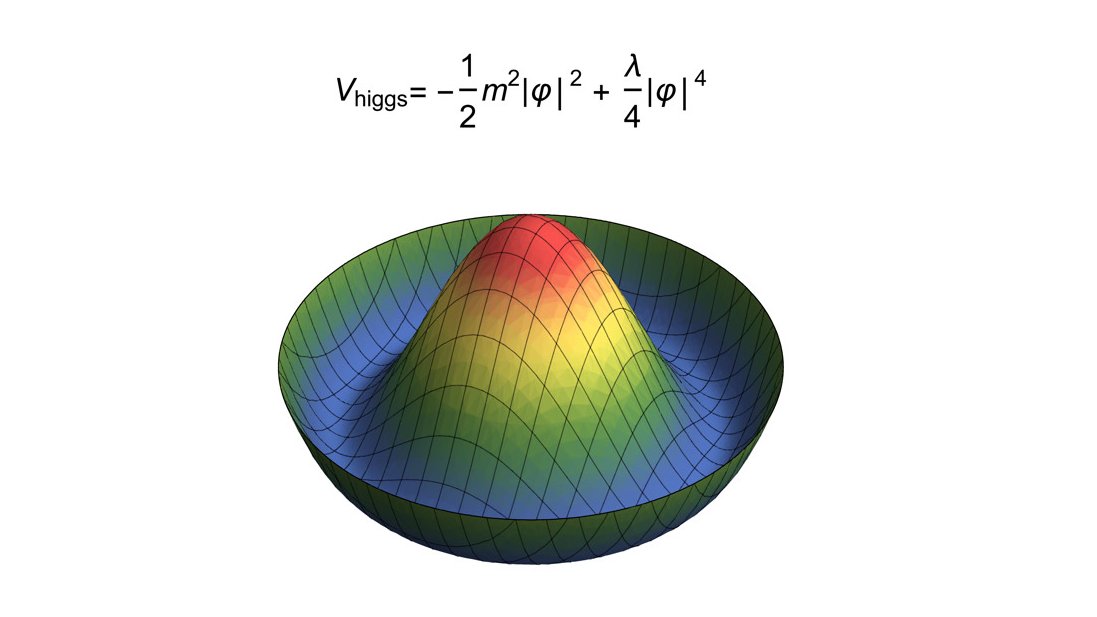The Higgs boson, is a temporary excitation in the Higgs field, and mediates the interaction between the Higgs field and fundamental particles, it also has a spin of 0 and no electric charge. The Higgs boson doesn't generate mass, but fundamental particles get their mass by interacting the with virtual Higgs bosons which form and decay in the field. The more other elementary particles interact with this field, the more mass the particle has. This interaction of course occurs by attracting these Higgs virtual particles. Photons and gluons do not interact with the Higgs field in any way, thus they have no mass and don't attract any Higgs virtual particles. Keep in mind that the Higgs field unlike other fields is elevated through out space.

The picture above is what the Higgs field looks like. At the crest of this field the Higgs field has no strength and at the trough, the field has some strength and the potential is 0. Its almost impossible to stay at the crest of this field because of the fact that vacuum isn't empty. Thus the symmetry breaks and all massless particles lie at the bottom of the trough. The Higgs boson is formed when a massless particle oscillates about the crest and trough area of the field, which requires quiet a bit of energy. Particles moving around the circular trough is known as the Goldstone boson and unlike the Higgs, it requires no energy and experiences no change in potential and as a result it is massless.
Interestingly enough the Higgs boson can interact with its own field allowing to have mass, and can be detected. Though the particle is still some what theoretical, CERN's LHC discovered a particle that aligned well with the Higgs Boson's properties in 2012.




No comments:
Post a Comment